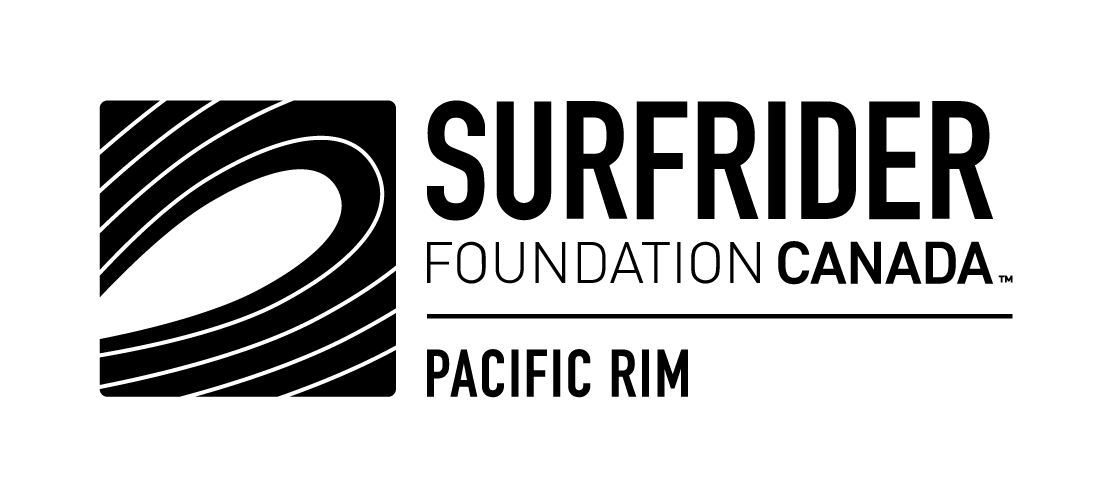Citizen Science: From Microplastics to Compost, All in One Bucket
Article By Genevieve Fuji Johnson
Susan Wright had a problem. She was returning home after spending the evening volunteering with Surfrider Pacific Rim, helping to sort debris combed from the beaches of Ucluelet. With her, she carried a large bucket filled with a tangle of organic beach matter dotted with brightly colored microplastics.
Microplastics are everywhere on our beaches and in our waterways. Removing them from the environment is an ever-tedious task that often feels impossible. Anyone who’s attended a Surfrider beach clean has probably experienced a sense of frustration and despair picking away at the hundreds if not thousands of tiny pieces of plastic strewn across the shoreline. We all try to pick up as many of these fragments but it’s exasperating for even the most seasoned volunteer. Usually, volunteers use sieves to separate these plastics from sand, seaweed, sea worm casings, and other organic materials. To Susan, however, it was clear this approach wouldn’t be feasible with this amount of plastic and organics. Not to be discouraged, she swept up a pile to take home with her. She was determined to address this problem.
At home, Susan decided to fill her bucket of microplastics and ocean organics with water and leave it on her porch. She ignored it for a few weeks, but then began noticing the plastic pieces floating on the surface. Taking a kitchen sieve, she started skimming the tiny fragments off the surface of the water. Pretty effortlessly, her collection of these now separated plastics grew and grew until it filled several mason jars. To accomplish this –to remove these microplastics from the environment – was deeply satisfying. But, there was another happy outcome of her experiment.
Eventually, when fewer and fewer pieces of plastic were surfacing, she reached her hand down to the bottom of the bucket. There, she made contact with something soft and mucky. She scooped up a handful and was amazed to find a beautiful mixture of organic matter. This would be perfect for her garden, she thought. Since then, she’s been planning to put this compost to good use, preparing her garden beds for spring planting. This year, she’s planning on blueberries and raspberries, as well as beets and lettuce, all of which will help her offset ever rising food costs.
Susan is committed to finding and developing ways to separate microplastics from ocean organics on a much larger scale. With the encouragement of Surfrider Pacific Rim, she’s looking for large plastic tubs, perhaps those used in commercial fishing, to repurpose. She’s also looking for some space to store these tubs and to keep the process going. If anyone in the Surfrider Pacific Rim community has ideas, please get in touch with us. Thank you Susan!

